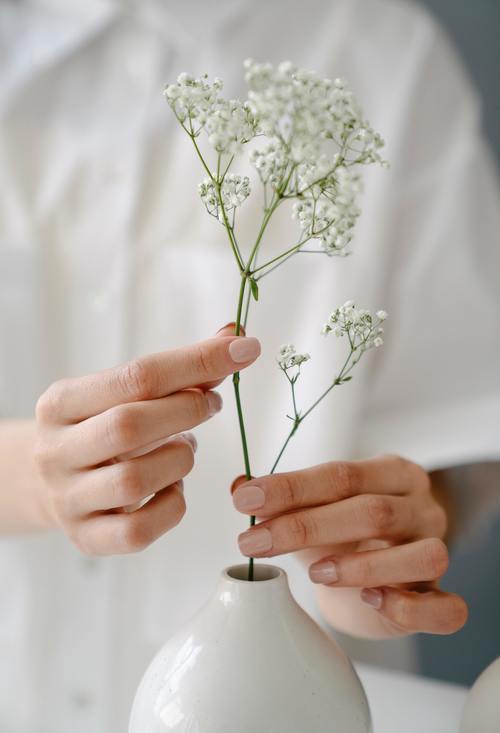
Bay Staters, as Massachusetts’ residents are sometimes called, relish the opportunity to enjoy nature. It’s one of the reasons citizens work diligently to protect the state’s natural habitat. Plants are a major focus for conservation efforts, because they improve the quality of water and air. As food, fuel, or shelter, plants are a valuable resource, ensuring a healthy ecosystem and enhancing quality of life for residents. Whether growing plants outdoors or indoors, Getplanta provides guidance for improving and maintaining plant health. Here are several plant species, which are native to the state and beautify the environment.

Hibiscus

Hibiscus plants may grow as tall as 15 feet in some areas. Known for its many species and multiple ways for propagation, the plants may grow from seeds or by snipping a twig and growing toots in water. It takes only a few short weeks for roots to develop and growers plant the twig’s roots or seeds in the spring. Some of the plant’s species do not produce seeds, but many do, offering ample opportunities for gardening.

Beneficial insects, such as pollinators are drawn to the Hibiscus and gardeners may see bees, hummingbirds, or butterflies around the attractive plant. With well-drained soil and full sunlight, the plant adapts to containers. Twice monthly feeding, weekly watering, and pruning as needed is sufficient for maintaining a healthy Hibiscus plant.
Squawvine
As a vine, the plant grows about 6 cm and its stems reach between 15 – 30 cm in length. Its green leaves maintain color throughout the seasons. Its beautiful flowers grow in pairs with short stamens an long pistils. Fruit from the vine ripens from mid-summer to fall and may continue through winter months.
Usually found in forests, the plant may grow in moist areas near streams. Gardeners also grow the plant in winter gardens, because the seeds may germinate better. If sown in the autumn, remove fruit pulp from the seed to contain barriers to germination. As the seedlings grow to transplanting size, place the individual seed in greenhouse pot, before planting the growing Squawvine outdoors in the spring.
Mountain Laurel
If interested in creating a garden of local plants, Mountain Laurel is another pollinator-friendly option. The shrub grows multiple stems, producing beautiful pink, white, or rose flowers from May to June. The easy-to-grow plant is excellent for borders . Preferring an acidic environment, the plant grows in well-drained, cool soil. Immediately remove flowers and prune after blooming to enhance the plant’s fullness. Partial shade is optimal, as prolonged shade reduces the plant’s flowering and full sunlight turns its leaves a yellow color.
Tracking the soil moisture, lighting, and best habitat for native plants is not always easy. Finding the proper information and guidance is essential for keeping plants alive and ensuring strong growth for the next season. Luckily, government resources and digital apps offer more than enough help for newbies and experienced gardeners in Massachusetts to plan beautiful, healthy gardens, which are visually pleasing and improve the surrounding environment.

Lämna ett svar